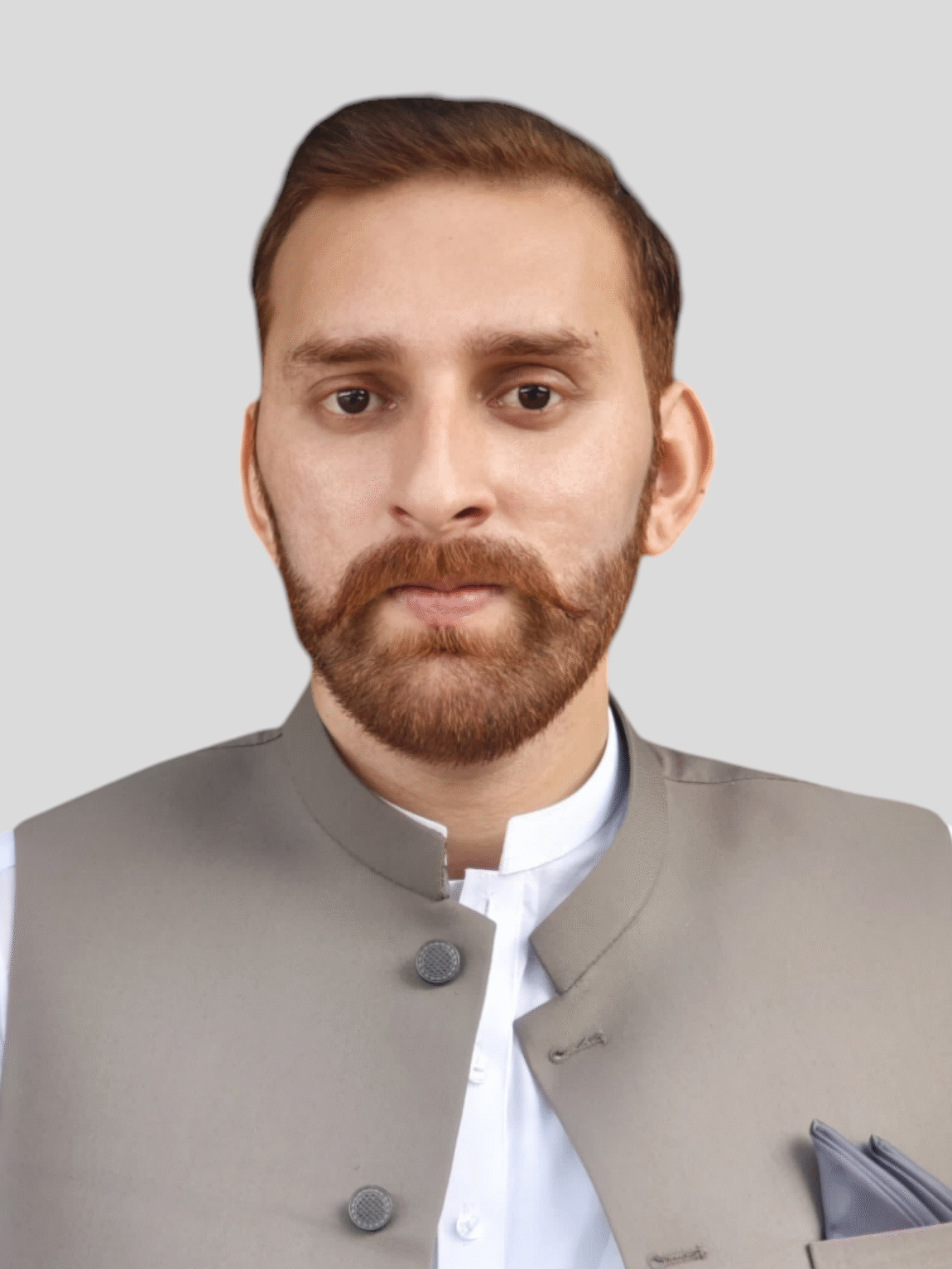Floods and Their Devastation
By Irbaz Jadoon
Floods arrive and leave destruction in their wake. That same devastation is now visible across every corner of Pakistan—from the northern regions of Gilgit-Baltistan, Battagram, and Chitral to the cities of Karachi, Lahore, and Islamabad. In some areas, the damage is small; in others, it’s catastrophic. Lives have been lost. Homes have been swept away.
Pakistan’s first major flood struck in 1950, just three years after independence. More than two thousand lives were lost, hundreds of homes were destroyed, and countless people were displaced. Floods existed before 1947, but this was the first post-independence disaster that shook the nation on a massive scale.
Every year, monsoon rains bring floods. And every year, thousands—sometimes millions—are left homeless. Children, the elderly, men and women perish in the rising waters. Floods are a natural disaster, yes—but they are not just one person’s problem. They are a national crisis.
So the question is: can we solve this?
The answer—both yes and no.
Climate change is a major factor, but deforestation plays a critical role too. What did we learn from the 1950 flood? Did we take any meaningful steps to prevent future devastation?
The 2010 flood was the worst in Pakistan’s history. Millions were affected, thousands died, and entire communities were wiped out. The destruction stretched from Swat to the southern districts of Sindh, impacting nearly every province. The number of people affected exceeded those of the 2004 tsunami, the 2005 earthquake, and the 2010 Haiti disaster combined. UN Secretary-General Ban Ki-moon called it the worst catastrophe he had ever witnessed.
Blaming climate change alone won’t stop the floods. This country is ours—and it’s our responsibility to protect it.
What have we done to reduce the damage?
Have we built dams in high-flow areas?
Have we planted trees in the mountains?
No. We’ve cut trees and pointed fingers at climate change.
So the real question is: will we always wait for foreign aid?
How long will we sit idle, hoping someone else will rescue us?
“khudi ko kar buland itna k har taqdeer sy pehly,
Khuda banday sy khud puchay, bata, teri raza kya ha?”
— Allama Iqbal
Planting trees won’t stop floods entirely, but it will help the soil absorb more water, reducing runoff into populated areas and rivers. Yet planting isn’t enough—we must also care for those trees.
Building dams won’t eliminate floods, but they can store excess water, which can then be used for agriculture, drinking, and energy.
Why haven’t we done this yet?
And more importantly: have we learned anything from the floods we’ve already endured?
Will we keep relocating every time disaster strikes, or will we take action for our country and our future?
If every citizen contributes—plants a tree, protects the environment—then future generations might live safely. Climate change may be inevitable, but its impact doesn’t have to be.
“Main akela hi chala tha jaanib-e-manzil magar
Log saath aate gaye aur kaarvaan banta gaya.”
— Majrooh Sultanpuri
If we don’t plant trees today, it won’t just be water that flows tomorrow.
Memories, dreams, and generations will be swept away too.

